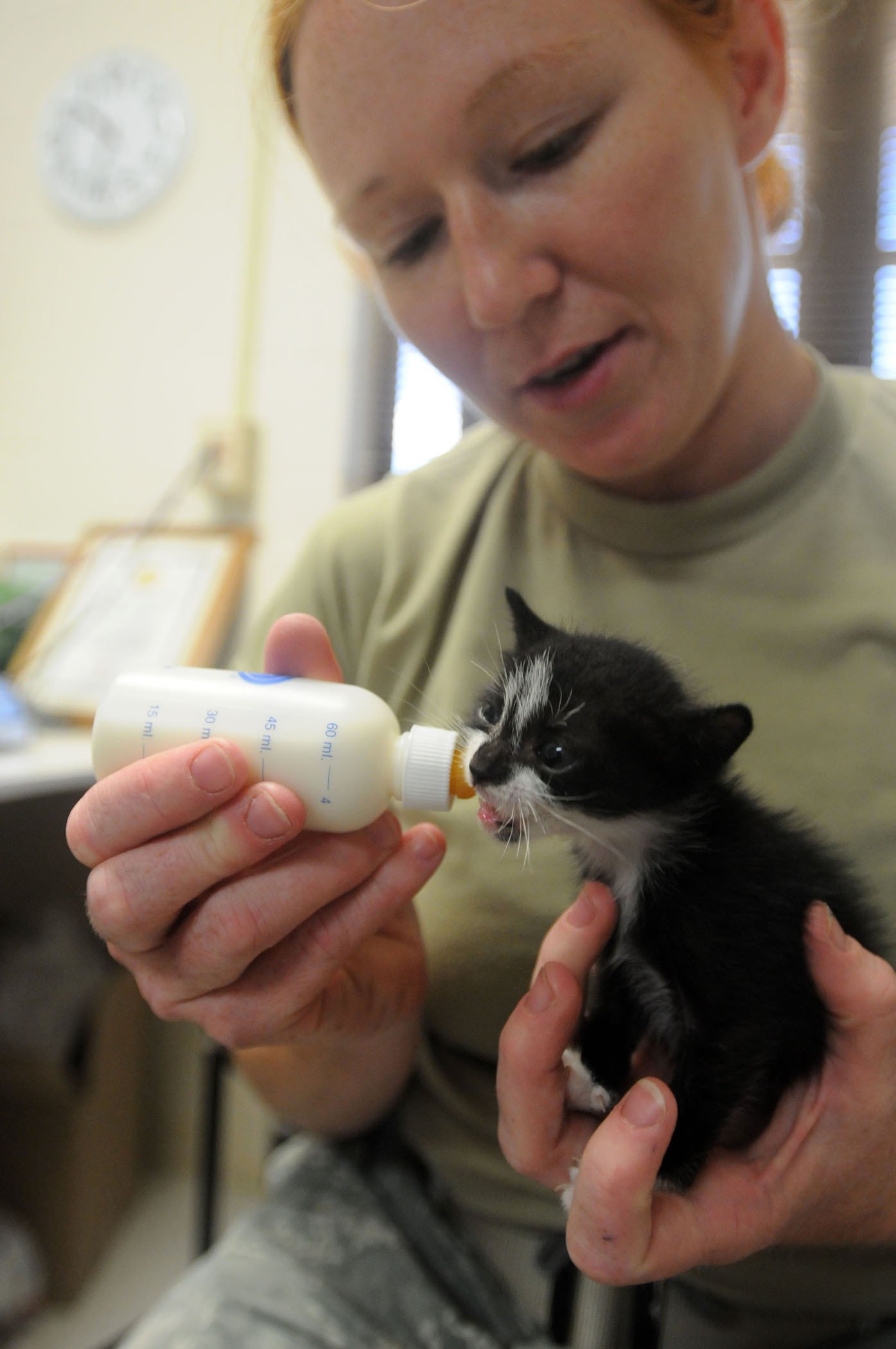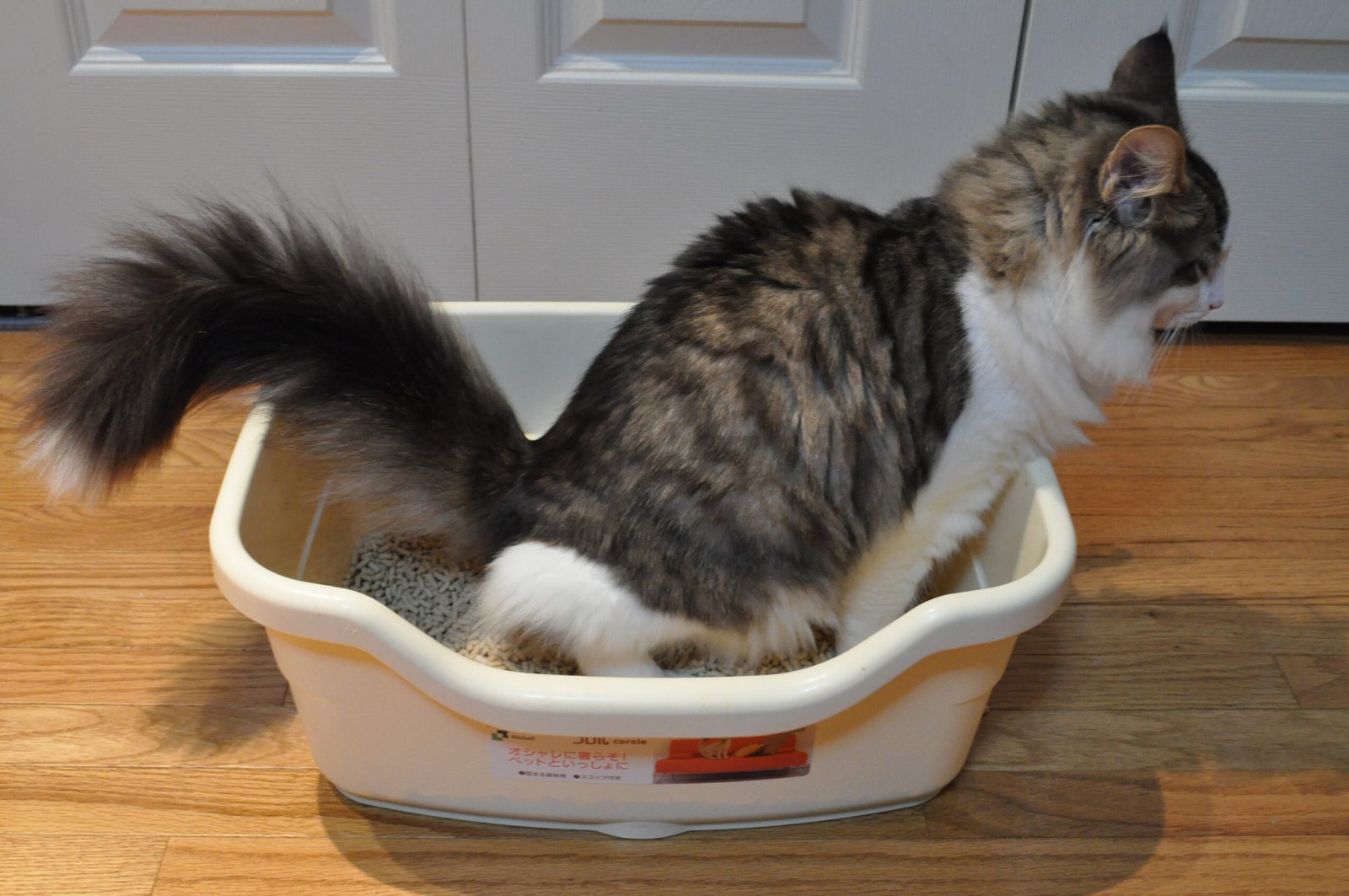Owning a cat is an adventure filled with purrs, playful antics, and the occasional mischievous escapade. But beyond the fun, ensuring your feline friend’s well-being is paramount. Crafting a monthly cat wellness checklist is a proactive approach to keeping your pet healthy and happy. This guide will walk you through the essential elements to include, making it easy for all cat lovers to maintain their pet’s health.
Regular Vet Visits

One of the cornerstones of a cat wellness checklist is scheduling regular visits to the veterinarian. Just like humans, cats need periodic health check-ups to catch any potential issues early. A yearly visit is typical, but depending on your cat’s age or health, more frequent visits might be necessary. During these check-ups, the vet can conduct a thorough examination, update vaccinations, and offer advice tailored to your cat’s specific needs. Remember, an ounce of prevention is worth a pound of cure, and these visits are a vital component of that prevention.
Dental Health
It’s easy to overlook dental health, but it’s crucial for your cat’s overall well-being. Cats can suffer from dental issues like tartar buildup, gum disease, and even tooth decay. Including a dental check in your monthly wellness routine can prevent these problems. Consider brushing your cat’s teeth regularly with a pet-friendly toothpaste. If brushing isn’t an option, dental treats and toys are excellent alternatives. Remember, a healthy mouth leads to a healthy cat, preventing potential issues that could affect your pet’s quality of life.
Weight Management
Monitoring your cat’s weight is another vital aspect of their wellness. Obesity in cats can lead to a host of health problems, including diabetes and joint issues. Use a weighing scale to check your cat’s weight monthly and adjust their diet accordingly. Ensure they have a balanced diet rich in nutrients, and don’t forget to provide plenty of fresh water. If you’re unsure about the right weight or diet, consulting your vet for guidance is always a good idea. A healthy weight ensures your feline friend remains active and spirited.
Grooming Routine
Cats are known for their grooming habits, but they still need a little help from their human companions. Regular grooming can prevent matting, control shedding, and identify any skin issues or parasites early on. Depending on your cat’s breed, you might need to groom them more frequently. A monthly grooming session can be a bonding experience and an opportunity to check for any lumps, bumps, or skin irritations. In addition, keeping your cat’s nails trimmed is essential to prevent injuries or damage to furniture.
Behavioral Observations
Cats are creatures of habit, and any sudden change in behavior might indicate a health issue. Pay attention to their eating habits, litter box usage, and overall demeanor. Are they hiding more than usual? Have they lost interest in their favorite toys? Regular behavioral observations, documented in your wellness checklist, can help catch any issues early. It’s essential to trust your instincts. If something seems off, a visit to the vet might be in order. This proactive approach ensures your cat’s happiness and health.
Parasite Control
Fleas, ticks, and worms are unwelcome guests that can affect your cat’s health. Including parasite control in your monthly checklist is a must. Use vet-recommended treatments to prevent infestations and conduct regular checks to ensure your cat is parasite-free. Remember to treat your home environment as well, as parasites can lurk in carpets and furniture. Preventive measures not only protect your cat but also ensure a healthier home for all its inhabitants.
Litter Box Maintenance

A clean litter box is essential for both you and your cat. Regular cleaning prevents unpleasant odors and keeps your cat using the box. Monitor for any changes in your cat’s litter box habits, as they can be indicators of health issues. Make sure the box is in a quiet, accessible location and clean it daily. Monthly deep cleaning with a mild, pet-safe detergent can prevent bacteria buildup. A happy cat is one that has a clean space to relieve itself.
Play and Mental Stimulation
Last but certainly not least, ensure your cat gets plenty of playtime and mental stimulation. Cats are curious creatures, and keeping their minds active is essential for their well-being. Incorporate interactive toys, puzzle feeders, and regular play sessions into your monthly checklist. This not only keeps them physically active but also mentally sharp. Remember, a stimulated cat is a happy cat, and these activities can strengthen the bond between you and your feline friend.
By following this comprehensive checklist, you’ll be well-equipped to provide your cat with the care they deserve. A happy and healthy cat makes for a joyful home, and with a little effort each month, you’ll ensure your furry friend thrives.

Linnea is a born and bred Swede but spends as much time as possible in Cape Town, South Africa. This is mainly due to Cape Town’s extraordinary scenery, wildlife, and atmosphere (in other words, because Cape Town is heaven on earth.) That being said, Sweden’s majestic forests forever hold a special place in her heart. Linnea spends as much time as she can close to the ocean collecting sea shells or in the park admiring puppies.






